3 Orecchiette Pasta Swaps That Hold Up to Sauce
Orecchiette substitute options might save your Italian dinner plans when this unique pasta shape isn't available in your pantry.
These little ear-shaped delights from Southern Italy have a distinctive texture that holds sauce beautifully, yet sometimes we need alternatives.
Many home cooks face this dilemma while preparing traditional Pugliese recipes without access to authentic ingredients.
The best replacements maintain similar thickness and surface area to capture those rich sauces and complement the accompanying ingredients.
Several pasta varieties can mimic the characteristic concave shape that makes orecchiette so special in classic dishes.
Different regions across Italy have developed their own versions of small, cup-like pasta formats for similar culinary purposes.
The perfect substitute should deliver that satisfying chew and sauce-holding capability you love about the original pasta.
Orecchiette: Shape, Regional Origin, and Cooking Style
Orecchiette is a small, round pasta known for its ear-like shape and is loved in Italian kitchens for its unique texture and how it holds sauces.
Choosing Ideal Orecchiette Substitutes
Orecchiette not being available can be handled with pasta that works in the same way. Kitchen flow stays smooth from start to finish.
Farfalle Pasta
Farfalle pasta serves as an excellent substitute for orecchiette in many dishes, with its distinctive bow-tie shape created from oval and rectangular pieces of pasta.
Italian cuisine features this versatile pasta in different sizes, from the smaller farfalle to the larger farfalloni, making it adaptable to various recipes.
The pasta works wonderfully with both tomato and cream-based sauces, enhancing the flavor of your favorite meals with its unique texture.
Grocery stores offer farfalle in multiple color varieties including tomato red, spinach green, and beetroot purple, adding visual appeal to any pasta dish.
Both whole wheat and traditional plain versions give you options to match your dietary preferences and taste requirements.
Conchiglie Pasta
Conchiglie pasta, the Italian seashell-shaped variety you've probably tried before, stands out for its excellent sauce-holding abilities thanks to its curved design.
Many chefs prefer this pasta because its ridged exterior captures rich meat sauces while the smooth interior creates a perfect texture contrast in each bite.
The pasta comes in two main sizes - smaller conchigliette and larger conchiglioni - making it versatile for different dishes from hearty casseroles to light pasta salads.
Plain durum wheat versions are most common, but colorful varieties with natural pigments like spinach extract (green) and tomato extract (red) add visual appeal to any meal.
Penne Pasta
Penne pasta stands out as an excellent substitute for Orecchiette in many dishes, with its distinctive cylinder shape cut on the bias.
This popular pasta comes in several varieties - penne rigate offers a furrowed texture that captures sauce beautifully, while penne lisce provides a smoother option for those who prefer less texture.
For heartier meals, larger versions like pennoni or mostaccioli deliver a more substantial bite, available in both ridged and smooth finishes to match your sauce preference.
Penne pairs wonderfully with classic sauces including marinara and pesto, making it versatile enough for countless recipes from quick weeknight dinners to special occasions.
Tips for Saucing and Serving Orecchiette Substitutes
Orecchiette substitutes like shells, cavatelli, or small gnocchi can work well in most dishes, but knowing how to sauce and serve them helps you get the best results:
Sauce Cling
Choose a sauce with texture, like chunky tomato, sausage, or broccoli, substitutes with curves or grooves catch bits of flavor just like orecchiette.
Portion Size
Use a similar amount as you would with orecchiette, and cook to al dente so the pasta holds its shape and sauce.
Mixing Method
Toss the pasta and sauce together in a warm pan for a minute or two so flavors blend and sauce coats evenly.
Serving Tip
Sprinkle with fresh herbs, grated cheese, or a drizzle of olive oil to add more flavor and give a simple finish to the dish.
Orecchiette Pasta Swaps: Reader Questions
1. Will using a substitute change the texture or look of my pasta dish?
Yes, orecchiette is known for its little “ear” shape that holds sauce. Shells and cavatelli are most similar in texture and ability to capture sauce.
2. Are there gluten-free alternatives to orecchiette?
Yes, many brands offer gluten-free small shells, fusilli, or rotini made from rice, corn, or legumes as suitable substitutes.
3. Can I use homemade pasta shapes instead of orecchiette?
Absolutely, you can shape small pieces of fresh pasta dough into rounds or use cavatelli if you want a homemade alternative.
4. What’s the best substitute for orecchiette in creamy sauces?
Small shell pasta or cavatelli work especially well with creamy or chunky sauces, holding the ingredients just like orecchiette.
5. Are there whole wheat or high-protein alternatives to orecchiette?
Yes, look for whole wheat, lentil, or chickpea-based pasta in similar shapes for extra nutrition.
6. Can I use orecchiette substitutes in traditional Italian recipes?
Yes, while the shape may change, the overall dish will still be delicious, just adjust cooking times as needed.
7. Will substitutes cook at the same rate as orecchiette?
Cooking times may vary, so check your package instructions or taste test a piece for perfect doneness.
8. Are there low-carb pasta swaps for orecchiette?
Spiralized zucchini, hearts of palm pasta, or shirataki noodles are good low-carb alternatives, though the shape will differ.

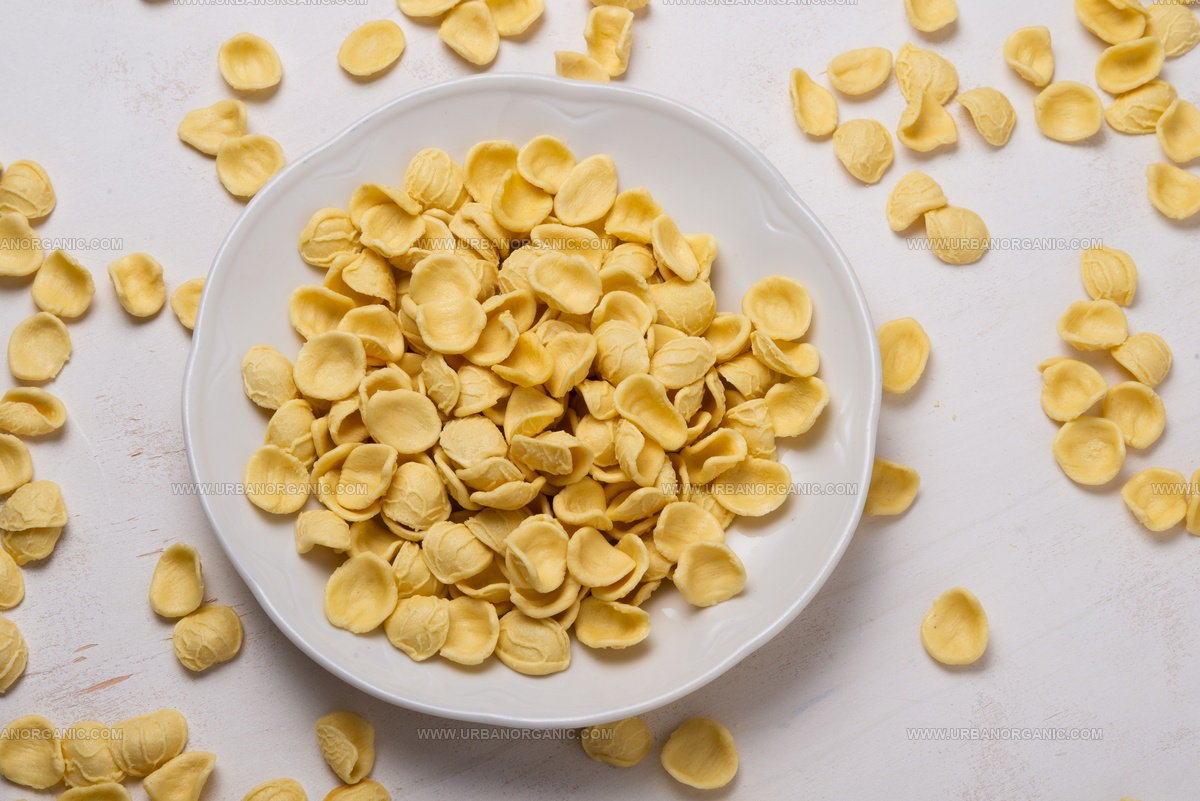
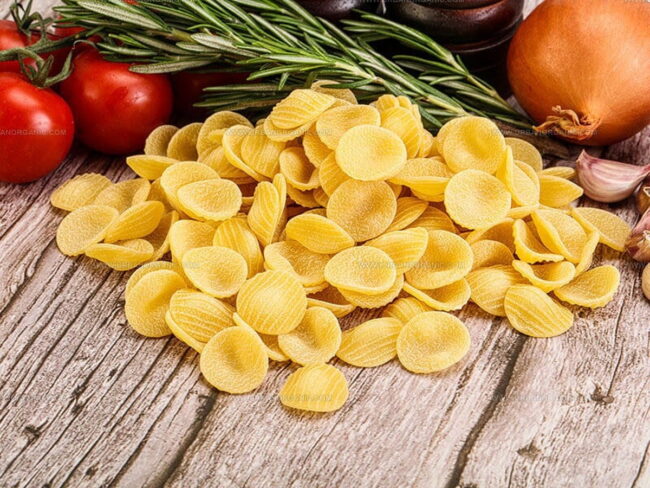
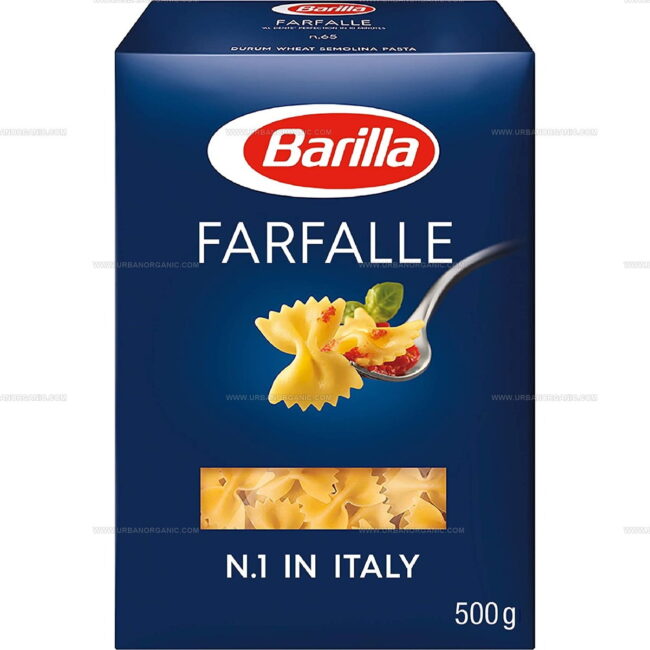
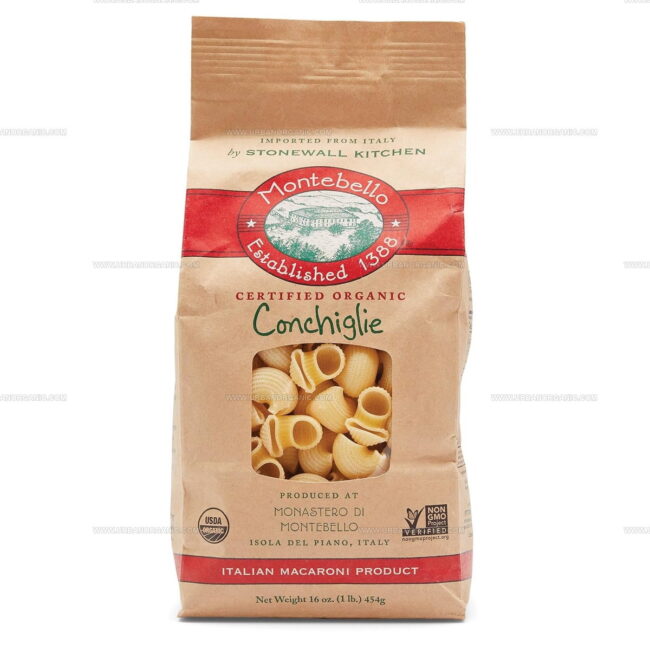
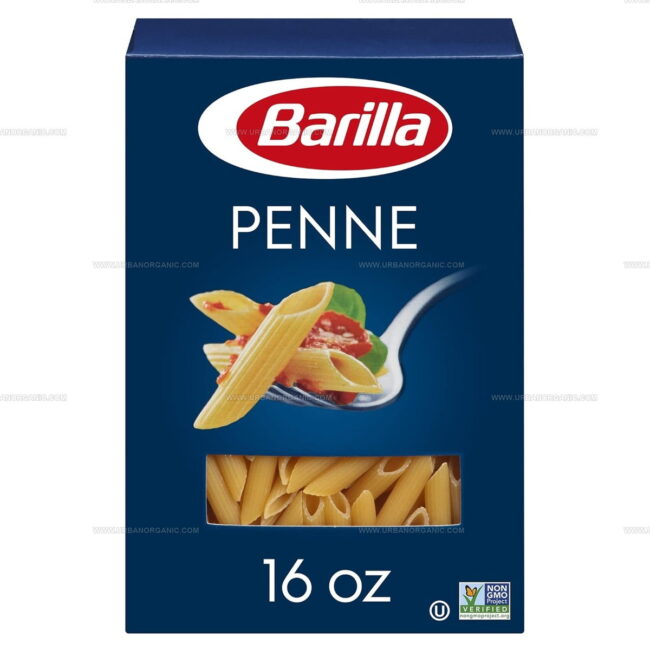
Michael Thompson
Founder & Culinary Director
Expertise
Classical & Contemporary Cooking Techniques, Global Cuisine Appreciation, Nutrition & Menu Engineering, Sustainable Cooking Practices, Farm-to-Table Cuisine
Education
Southwestern Oregon Community College
Michael grew up in Oregon, where he learned early that food tastes better when it’s fresh, local, and made with care.
After earning his degree from the Southwestern Oregon Community College, he focused his career on teaching others how to cook with the seasons, reduce food waste, and reconnect with what’s on their plate.
Michael keeps his cooking simple, sustainable, and full of flavor. His favorite part of the process? Watching people realize how easy and satisfying it can be to cook a single great meal from scratch.